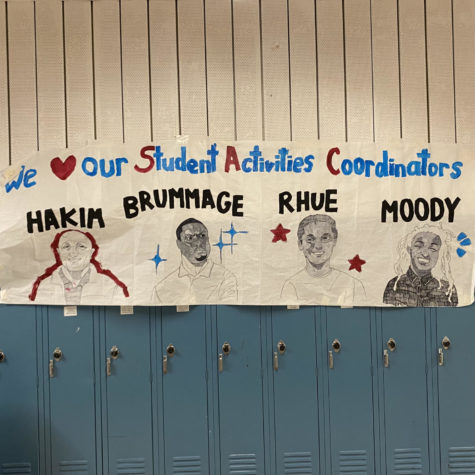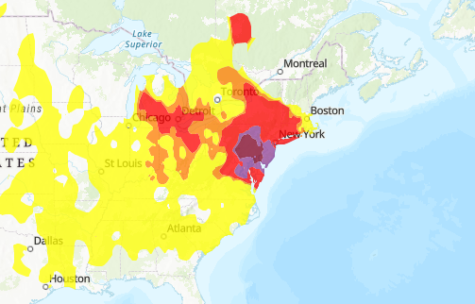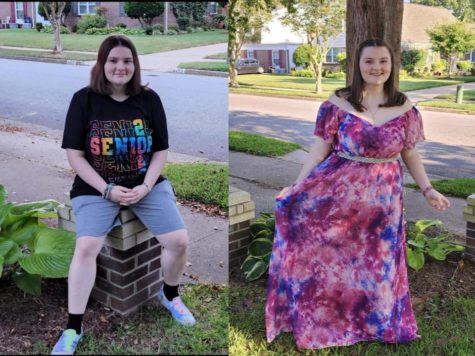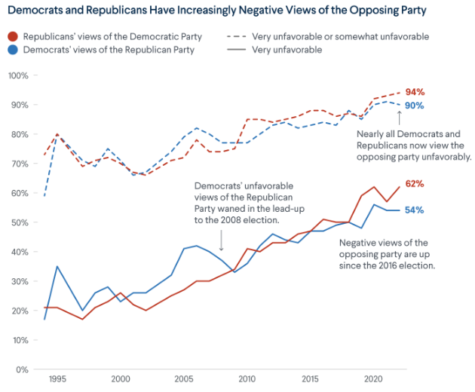A Beautiful Day in the Neighborhood: We are all neighbors
December 9, 2019
By John Kibler
A Beautiful Day in the Neighborhood is appealing in concept, triggering childhood nostalgia with the presence of Fred Rogers (Tom Hanks) of the children’s television series Mister Rogers’ Neighborhood. Mister Rogers was loved by many for his unique way of treating children with respect and focused importance: as neighbors. He provided for the children’s emotional and cognitive developmental needs, often discussing difficult topics, such as death and emotional trauma, in a hands-on manner.
Apropos to the gentle, wholesome outlook of Mister Rogers, A Beautiful Day in the Neighborhood applies these principles to adulthood by following the character curve of despondent, infamously critical, and self-proclaimed “broken” journalist Lloyd Vogel as he befriends the television host. The plot is inspired by the true story of Esquire writer Tom Junod’s 1998 article “Can You Say … Hero?”
Surprisingly, the film was extremely difficult to watch as a result of Vogel’s circumstances, specifically with his father and with his mental anguish and emotional decrepitness.
“[Mister Rogers] loves people like you,” Roger’s producer Bill Isler tells Vogel at the start of the friendship. “You don’t like humanity that much, do you?”
There is a foil dynamic between Rogers and Vogel; during interview sessions, Vogel becomes uncomfortable and grows increasingly aggravated when Rogers neglects to answer questions of heroism and starts to discuss, in profoundly caring manner, Vogel’s personal troubles. Rogers is sociable, virtuous, and unapologetically loving: saint-like, though his wife Joanne dispels the term as it implies that his dispositions are unattainable to the common man.
Vogel, in contrast, cannot find such peace to save his life. As a journalist, he has a reputation of viciously shaming celebrities. As a husband, he struggles to communicate his malaise to his wife, leading to conflict. As a father, he searches blindly for easy answers to balance his priorities, and as a son, his relationship with his own father haunts him and he hides from memories of his upbringing—but it is obvious that he still values and admires the pure simplicity of childhood, also a recurring theme, when we see the attention he gives to children of varying physical and emotional states as they appear. These hardships overwhelm Vogel. They infect his temper as he holds on to them, painting his persona as sour and at times hostile.
Part of what makes the film difficult is that we, as the viewers, see ourselves in Vogel, regardless of whether we admit or recognize it. We often allow life’s burdens to hang over us like blanketing storm clouds. We long to return to the times of the youthful joy we once knew so well, while our upbringing has everlasting influence over us. This influence often comes along as a gift of pleasant memories and lessons, but sometimes presents itself as a curse when tragic losses and neglections intrude on our emotional development. Sometimes, we forget that curious amusement and lighthearted abandon doesn’t have to leave with our baby fat.
The identification with Vogel is acknowledged by the directors, when Rogers gives universal insight that seems to be meant for us to apply to our own lives. He even goes as far as breaking the fourth wall in my favorite scene when, in a crowded restaurant, Rogers asks Vogel to reflect on the love that has impacted his character—and as the restaurant goes respectfully silent, he gazes into the camera for a full minute with a heartfelt look that makes imposes this reflection upon the viewer, and makes a disregard for such reflection feel almost unnatural to the viewer in this moment.
Considering Rogers’ incredibly peaceful temperament, soft-spoken yet radiant presence and harmonious livelihood, this acting role is obviously arduous. But Tom Hanks’ performance as the television host is nothing short of spectacular. Hanks alone is perceived as a king in my house and, after entering the theater oblivious to the acting lineup, it wasn’t until halfway through the film that I realized I wasn’t watching Fred Rogers himself. It confounds me that war hero Captain John Miller of the gruesome Saving Private Ryan (1998) was able to so convincingly morph into such an inherently tranquil character.
Beautiful symbolism—from simplistic matters of toys, pictures, and piano notes to more complicated subjects such as forgiveness, family, childhood, and illness—helps to convey themes that stick with the viewer long after the credits scene: perceptions of heroism, and of love, the value of benevolence, approaches to emotional expression, and the inescapable passage of time. With these themes prevailing in the thoughts of the viewers, we almost has no choice but to ponder them and work through our own troubles.
“Anything that’s human is mentionable.”
Thus, people love A Beautiful Day in the Neighborhood for the same reasons as the Mister Rogers’ Neighborhood series. It has the same intent as the original series. Rather than hide from their troubles, viewers are encouraged to navigate them with honesty and forgiveness—a remarkable feat for a children’s show, given that it surpasses many adults’ capabilities. When the viewer sees the whole picture, Vogel’s distress, though heartbreaking, summatively adds to the film’s beauty. By the end, everyone in the theater’s audience—largely dominated by middle-aged women, but what do you expect?—was either in tears or well on his or her way.
Some regard Mister Rogers as a hero for his tender kindness that captivated a national audience, and some for merely his status as a celebrity. By the end of the film it became clear that Mister Rogers doesn’t consider himself to be a hero at all; he is nothing more than a friend. And as a friend, it’s only his responsibility to give a helping hand. Because we are all neighbors, and despite the everyday burdens of life, the sun still shines; and in the absence of the sun, we find hope in the promise of its return. After all, it’s always a beautiful day in the neighborhood.








